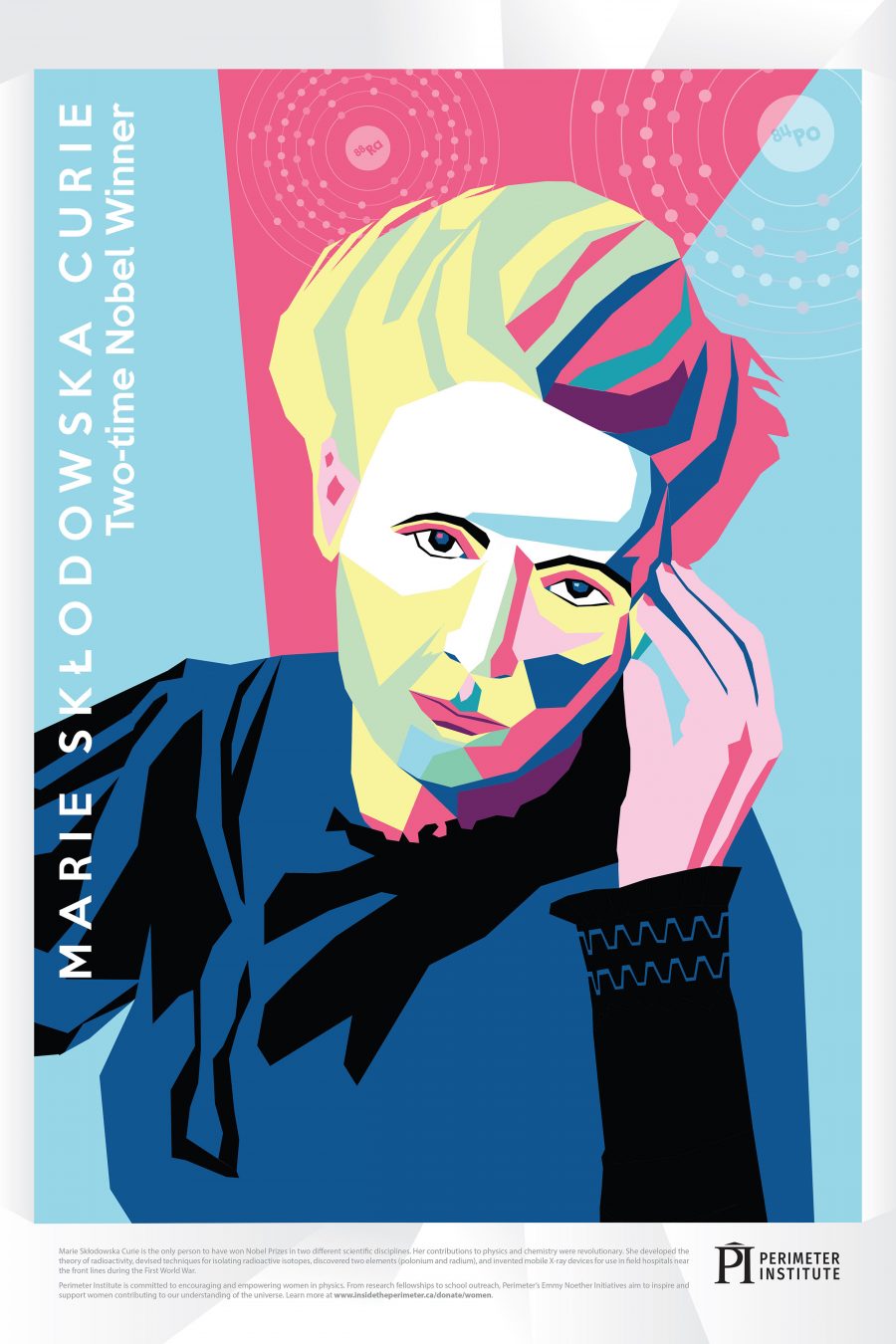“One is not born, but rather becomes, a woman,” wrote Simone de Beauvoir in one of the most famous articulations of the difference between sex and gender. By this, de Beauvoir does not mean us to believe that no one is born with reproductive organs, but that the social role of “woman” (or for that matter “man”) comes from a collection of behaviors into which we are socialized. The distinction is crucial for understanding most feminist and queer theory and the variety of human identity more generally, yet it’s one that too often gets lost in popular usage of the words sex and gender. Biology does not determine gender differences, culture does.
Gender becomes naturalized, woven so tightly into the social fabric that it seems like a necessary part of reality rather than a contingent production of history. Just how this happens is complicated—we don’t invent these roles, they are invented for us, as Judith Butler argues in her essay “Performative Acts and Gender Constitution.”
Gender identity “is a performative accomplishment,” she writes, “compelled by social sanction and taboo…. Gender is… an identity instituted through a repetition of acts.” For a somewhat more straightforward summary of her theory of “performativity,” see Butler in the Big Think video above, in which she describes gender as a “phenomenon that’s being produced all the time and reproduced all the time.”
Still unclear? Well, it’s complicated, but so is every other facet of human identity many people take for granted, especially people whose gender expression doesn’t threaten strict societal norms. For a more thorough overview of these concepts, see the Philosophy Tube video above, which explains Butler’s theory and a number of other terms central to the discourse, such as “gender essentialism” and “social constructivism.” One thing to note about Butler’s theory, as both she and our philosopher above explain, is that “performativity,” though it uses a theatrical metaphor, is not the same as “performance.” Gender is not a costume one puts on and takes off, like a Shakespearean actor playing male characters one night and female characters the next.
Rather, the technical term “performative” means for Butler an act that not only communicates but also creates an identity. Some examples offered above of performative speech include saying “guilty” at a trial, which turns one into an inmate, or saying “I do” at a wedding, which turns one into a spouse. Performative acts of gender do a similar kind of work, not only communicating to others some aspect of identity, but constructing that very identity, only they do that work through repetition. As de Beauvoir argued, we are not born a self, we become, or create, a self, through social pressure to conform and through “reiterating and repeating the norms through which one is constituted,” Butler writes.
As we might expect of any cultural construct, gender norms vary widely both inter- and intra-culturally and throughout historical periods. And given their constructed nature, they can change in any number of ways. Therefore, according to Butler, “there’s not really any grounds,” as our philosophy explainer puts it, “for saying that somebody’s ‘doing their gender wrong.’”
Related Content:
An Animated Introduction to the Feminist Philosophy of Simone de Beauvoir
11 Essential Feminist Books: A New Reading List by The New York Public Library
Josh Jones is a writer and musician based in Durham, NC. Follow him at @jdmagness








